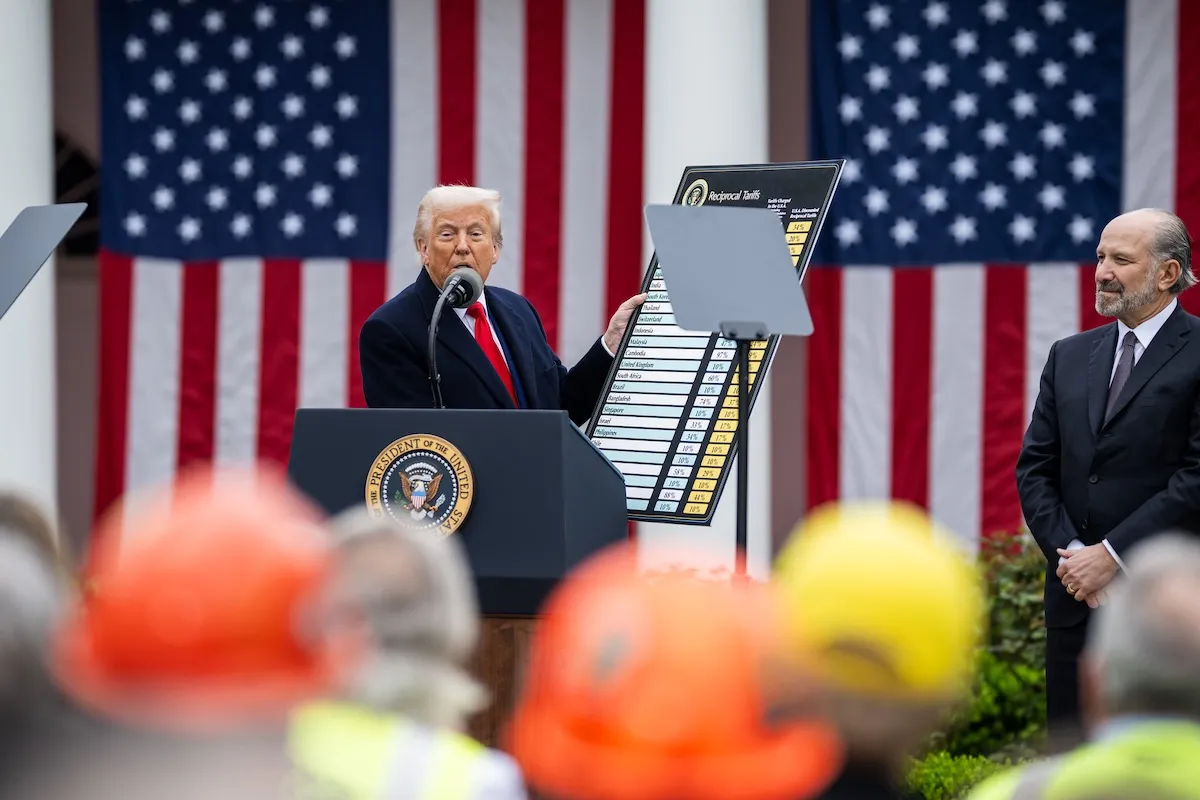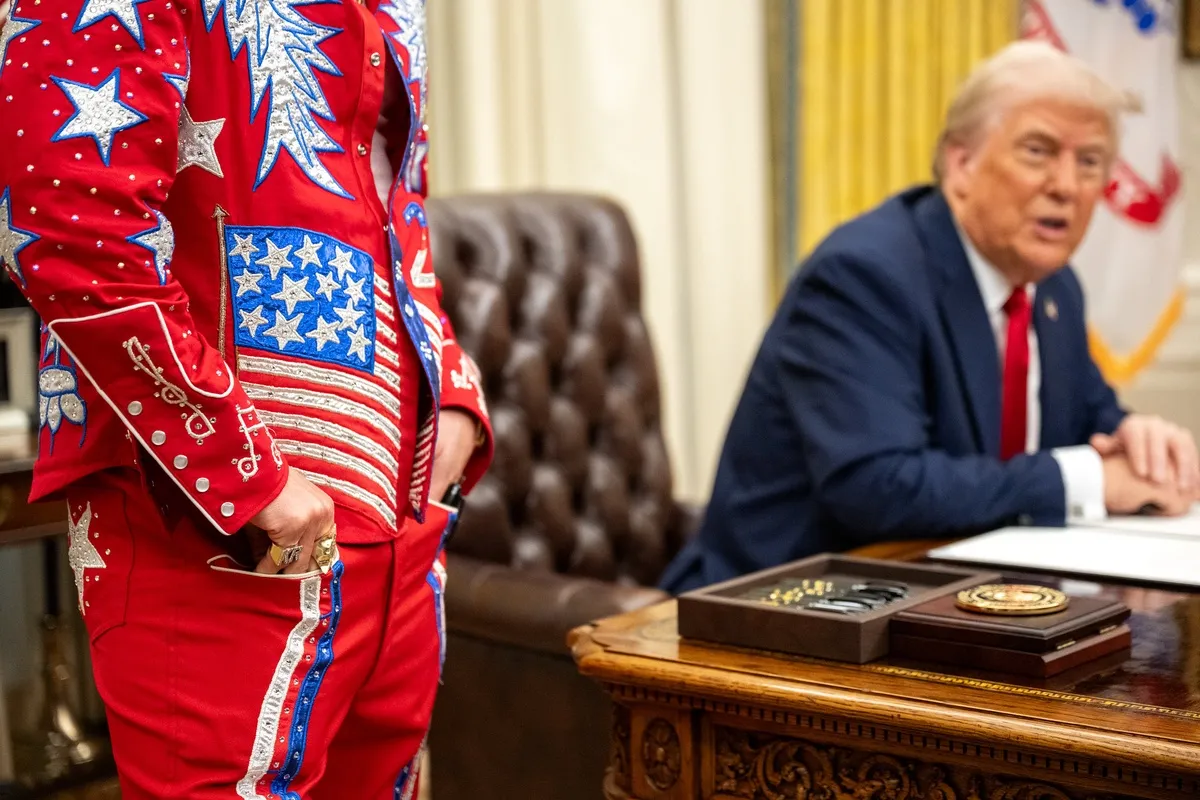Spirit Airlines Joins Industry Chorus Opposing Domestic Covid Testing Mandate

Skift Take
The number of opponents to a possible Covid-19 testing requirement for all U.S. domestic flights keeps rising. From the halls of Congress to the nation's largest airlines, just about everyone with a stake in travel is lining up against a policy that is widely believed to be the equivalent of taking a sledgehammer to kill a fly — a potentially large economic hit that could do little to stop the spread of the virus.
South Florida-based Spirit Airlines, the country's largest ultra low-cost carrier — or one defined by low costs and low fares plus extra fees for just about every amenity — is the latest to weigh in. Executives warn of a dramatic impact on travel demand plus high implementation costs, especially at a time when the U.S. is still struggling to expand coronavirus testing capacity.
“We do not support the idea," said Spirit CEO Ted Christie during a fourth quarter earnings call on Thursday. "We don’t think it addresses the issue … it would be logistically extremely difficult to do and expensive.”
A domestic travel testing mandate faces fierce headwinds. The CEOs of American Airlines, Delta Air Lines and Southwest Airlines have all weighed in against it, as have the leaders of numerous unions. And on Capitol Hill, the chairman of the House Transportation and Infrastructure committee, Rep. Peter DeFazio (D-Ore.) has questioned such a move.
“We wouldn’t only be talking about lost jobs, we’d also be talking about airline bankruptcies," said Association of Flight Attendants-CWA president Sara Nelson on the impact of domestic testing rules without additional aid for the industry. She was speaking at a House committee hearing on February 4.
In terms of an effect on travel, Spirit commercial chief Matt Klein said the airline has seen a "profound negative impact" on the number of flyers on flights from the Caribbean and Latin America since international testing rules began in January. This echoes similar comments from other airlines.
And practically, the U.S. may not have enough tests for all of the people traveling today. J.P. Morgan analysts estimate that the country would need to boost testing capacity nationally by 30 to 40 percent just to meet current demand, according to a report Tuesday. The increase would be even more pronounced in places like Florida — a popular destination for pandemic-weary Americans — where testing capacity would need to double.
Opponents also point out that unless similar testing rules are implemented for buses and trains, many travelers may just switch modes or drive for their trips. Moves that would only drain airline coffers further while doing little to stymie the coronavirus.
Testing rules have shown to slow the spread of Covid-19. Hawaii has kept the rate of new infections steady since reopening to outside visitors with a negative test from the past 72 hours in October. This occurred at the same time as new cases spiked nationally.
And the government does appear ready to provide airlines with more aid, opening the door to the possibility of tying relief to new testing rules. Democrats have said that the industry will receive $15 billion in additional payroll assistance in the $1.9 trillion relief bill winding its way through Congress.
Ready to Grow
“Now is the time to turn our efforts to the recovery," Spirit CEO Christie said during the presentation on Thursday. The airline plans to resume flying the same amount it did in 2019 by mid-year, and begin growing again thereafter.
To accomplish this, the carrier is beginning to bring back the 27 Airbus A319s that it placed in storage last year. This process is expected to last into 2022 as the airline works through the maintenance backlog for the jets and staffs up to fly them.
Staffing is the key "limiter" — as Christie put it — to Spirit's recovery. While the airline can return to 2019 flying levels with its existing workforce, it does not have the crews to fully fly all of its planes plus the ones it has taken delivery of since Covid hit a year ago. This means the airline anticipates higher costs — but not fares — and potentially more losses until it is able to fully return to its low-cost, low-fare model by around mid-2022.
The fact that Spirit, and other budget airlines, are hiring attests to the strength of their model in the current market. While many major carriers who rely on lucrative business travelers are staring down a multi-year recovery, discounters whose bread-and-butter are deal-oriented vacationers are bullish on their immediate prospects. Allegiant Air and Sun Country Airlines, two of Spirit's budget peers, also plan to recover and grow in 2021.
"The pandemic doesn't necessarily disrupt our story," said Christie. "We still think there's going to be leisure demand, and we're going to capture our portion of that. We did not make permanent changes to our business plan."
And the Numbers
Spirit recored a net loss of $157 million in the fourth quarter of 2020, it reported Wednesday. Revenues fell nearly 49 percent to $498 million on a 22 percent drop in expenses to $658 million. Daily losses, or cash burn, averaged just $1.8 million during the period.
For the full year, the airline lost nearly $429 million, a dramatic reversal from its $335 million net profit in 2019. Revenues were down nearly 53 percent to $1.8 billion and expenses dropped 30 percent to $2.3 billion. Passenger traffic fell 45 percent on a nearly 34 percent drop in capacity.
Spirit flew 157 Airbus A320 family aircraft at the end of December, a 12-plane increase compared to 2019. However, the year-end number includes the 27 stored jets. It plans to take delivery of 16 new A320neos in 2021.
The carrier anticipates another net loss this year before returning to profitability in 2022.




